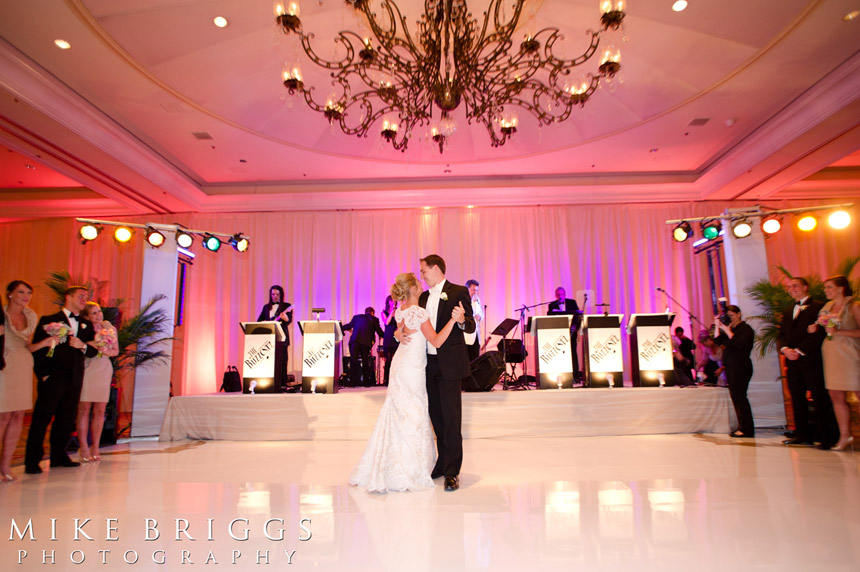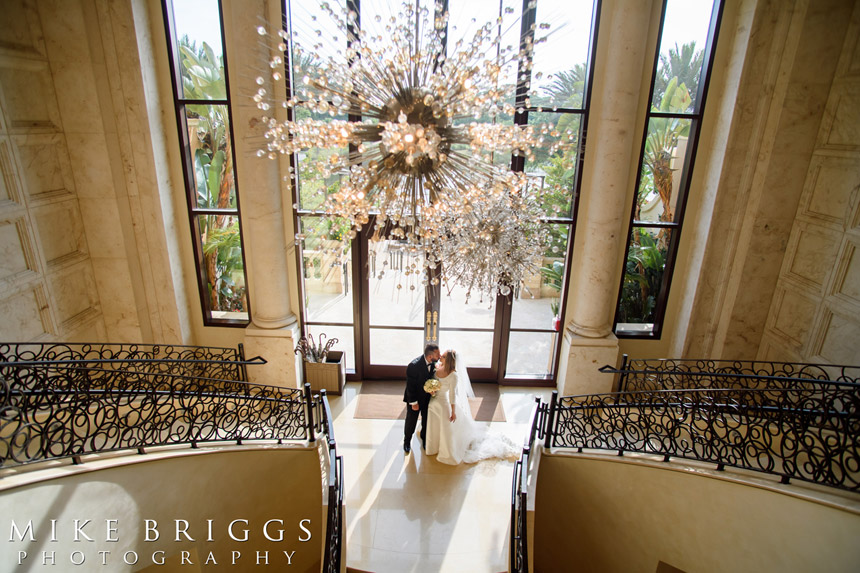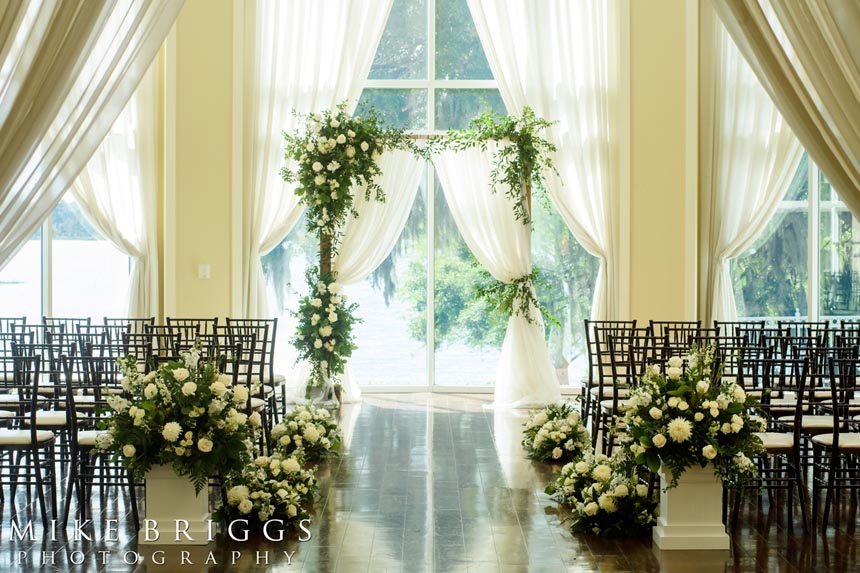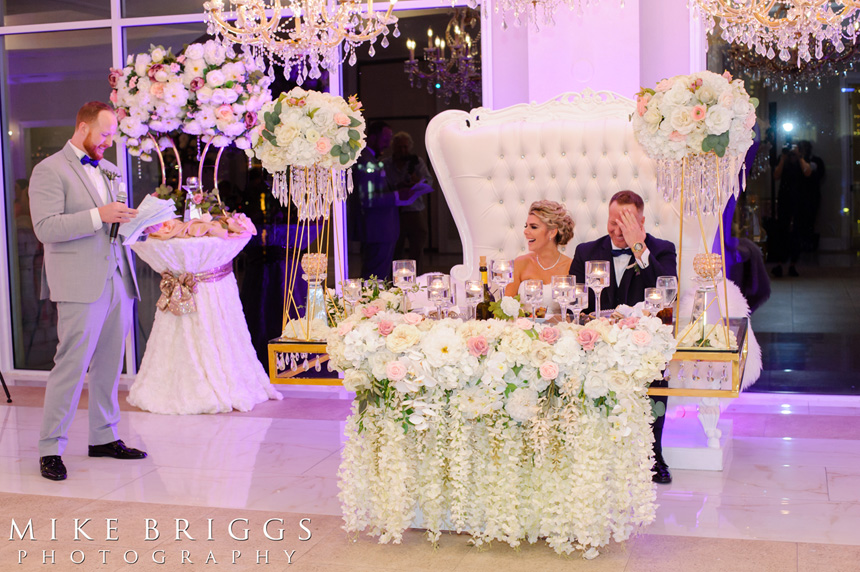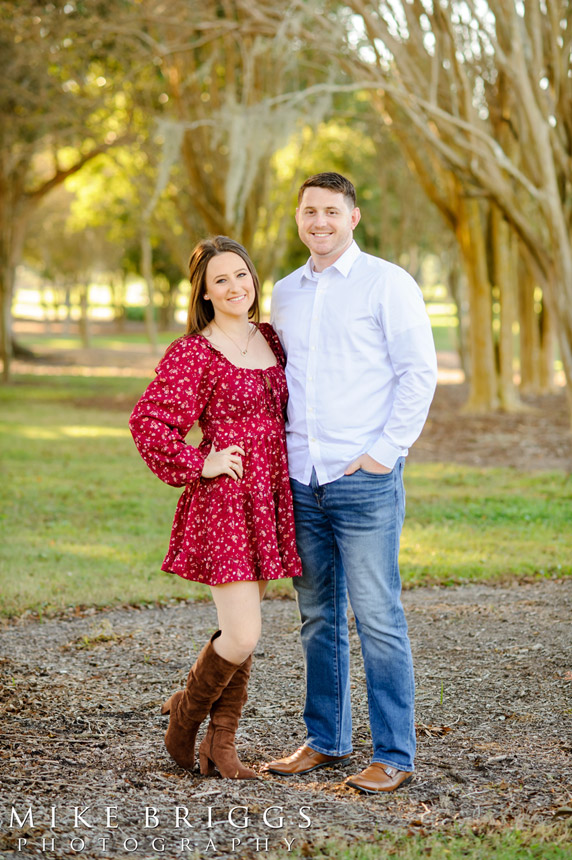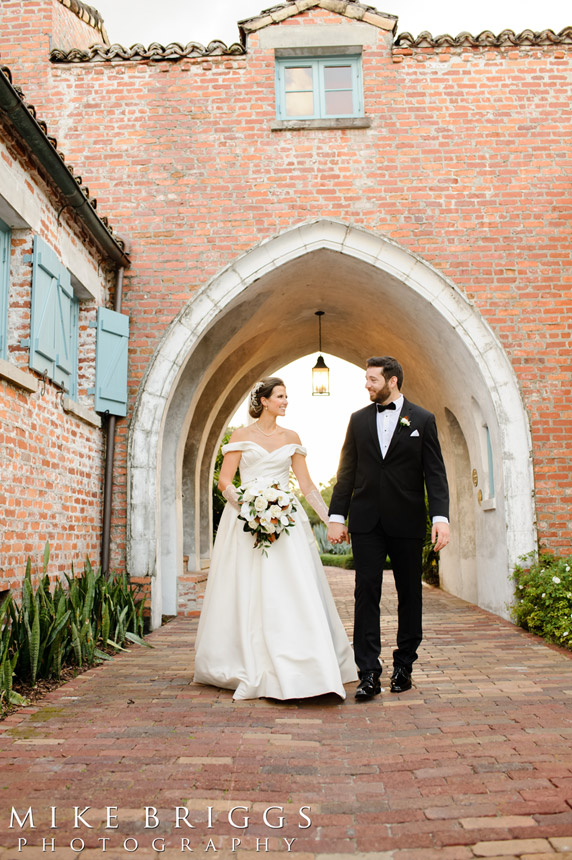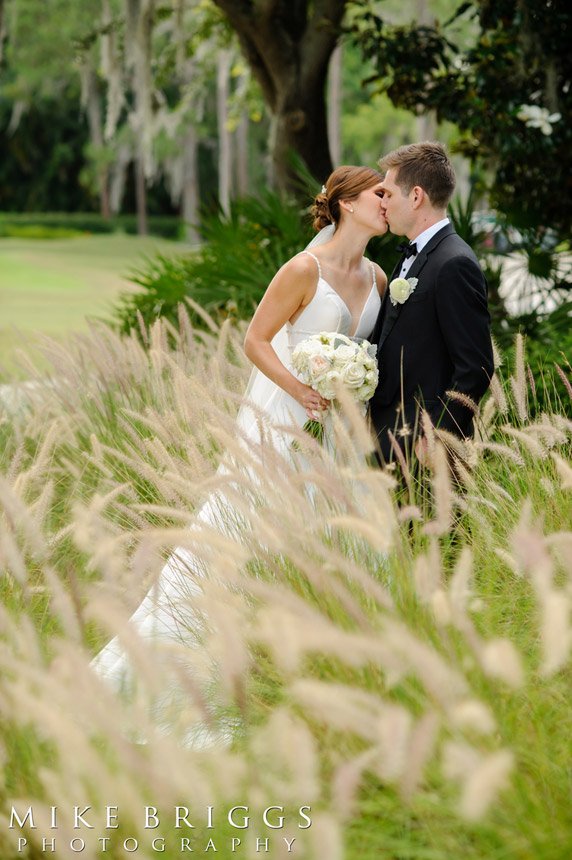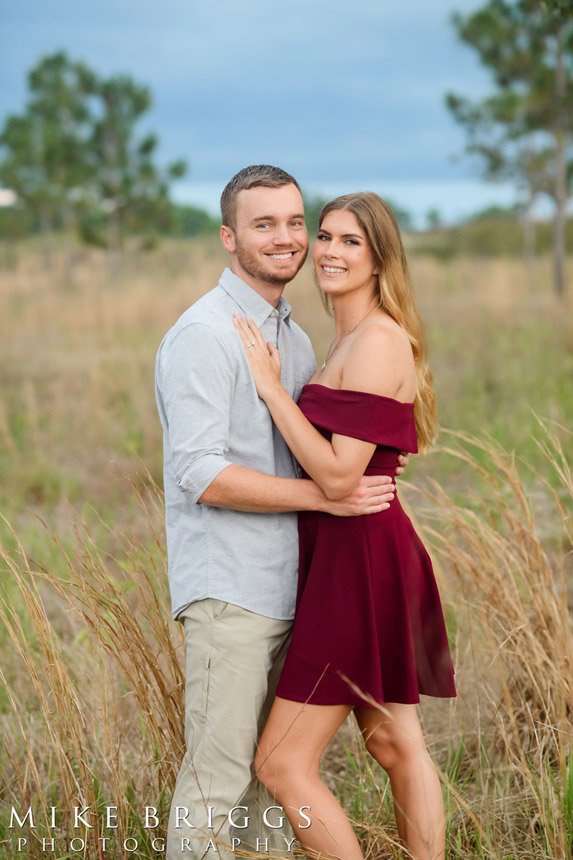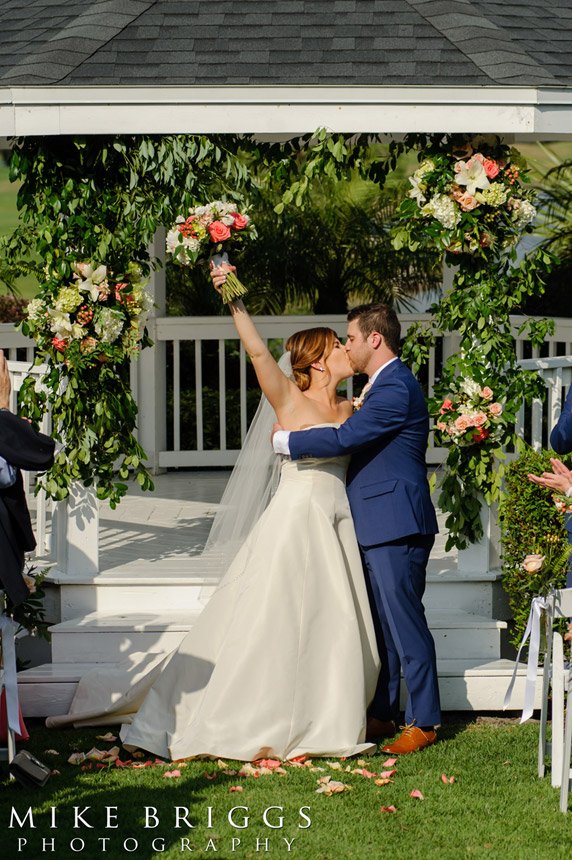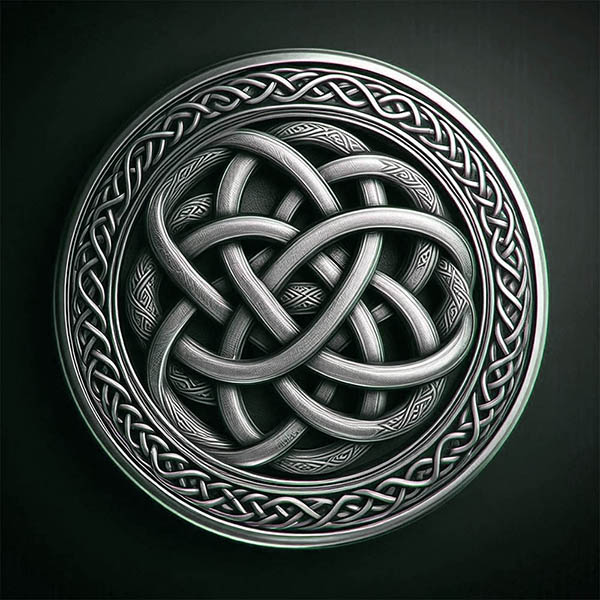
The Celtic Knot
When it comes to celebrating love and unity, many couples look to ancient symbols that represent the enduring connection between two souls. One such symbol is the Celtic knot. Whether you’re planning a wedding with an Irish or Celtic theme or simply drawn to the rich cultural significance of Celtic art, the intricate and mesmerizing designs of these knots can add a deep sense of tradition and meaning to your ceremony and celebration.
Celtic knots are more than just beautiful designs. They carry a wealth of history, culture, and symbolism, making them a perfect fit for couples who wish to honor their heritage or incorporate timeless symbols into their wedding day. Let’s take a closer look at the fascinating world of Celtic knots.
What is a Celtic Knot?
A Celtic knot is a stylized graphical representation made of interwoven lines that form loops with no clear beginning or end. These patterns are known for their elegant symmetry and intricate designs, often used in both religious and secular art. The unbroken lines and eternal loops of the Celtic knot represent concepts like eternity, interconnectedness, and the cyclical nature of life, which is why they resonate deeply with many people.
The beauty of a Celtic knot lies in its simplicity and complexity: it can appear in the form of a simple, single continuous loop or an intricate web of intertwining shapes. Each variation of the knot holds its own unique meaning, yet all share the common theme of endless love, unity, and eternity.
Where are Celtic Knots Used?
Celtic knots have been used throughout history in various forms. You’ll find them adorning ancient manuscripts, religious artifacts, and the stonework of old churches and crosses. Today, they are also found in modern-day designs such as wedding bands, home decor, and even tattoos.
- Religious settings: Celtic knots often appear in illuminated manuscripts like the Book of Kells and ancient Christian crosses.
- Secular designs: They’re used in clothing, jewelry, and decorative arts, representing not only the Irish and Celtic identity but also universal themes of life and love.
The Meaning of a Celtic Knot
The most recognized meaning of a Celtic knot is eternity. Because these knots have no beginning or end, they symbolize never-ending love, friendship, or loyalty. For couples, this makes them an ideal representation of eternal commitment and unbreakable bonds. Celtic knots also reflect the interconnectedness of life, with no distinction between the start or finish, suggesting the cyclical nature of the universe.
Depending on the type of knot, they can hold different symbolic meanings—ranging from protection and strength to spiritual growth and connection with nature.
The History of Celtic Knots
The origins of Celtic knots can be traced back to around 450 AD during the late Roman Empire period, particularly among the Celtic cultures of Britain and Ireland. These intricate designs are most closely associated with Celtic art, which flourished during the Insular Art period in early medieval Europe. The Celts used these knotwork patterns in religious manuscripts, metalwork, and stone carvings.
Their exact symbolism has evolved over time, but many of the original meanings were tied to nature, eternity, and spirituality. Early Celts were known for their deep connection with the natural world, and their art reflected this bond. The endless loops and spirals seen in Celtic knots mirror the cycles of nature, such as the changing seasons, the growth of trees, and the movements of the stars.
Celtic Knots in Celtic Art
Celtic art is known for its detailed craftsmanship, often featuring knotwork as one of its most distinctive elements. Whether engraved on stone, carved into wood, or painted in manuscripts, the use of knots was widespread in Celtic art.
Among the most famous examples is the Book of Kells, a masterpiece of medieval art that showcases intricate Celtic knotwork along with vibrant illustrations of Christian themes. This illuminated manuscript is a stunning representation of the skill and creativity that went into Celtic designs.
Celtic Knots in Religious Designs
Celtic knots are frequently seen in Christian art, especially in Ireland and Scotland. Early monks adopted the knotwork patterns to represent the idea of eternal life, and they often appeared in illuminated manuscripts, stone crosses, and religious metalwork. These designs symbolize the intertwining of faith, eternity, and divine connection, often accompanying the Celtic Cross.
Celtic Knots in Secular Designs
In addition to their religious significance, Celtic knots have long been used in secular art and architecture. They can be seen on jewelry, clothing, and home decor, carrying meanings of protection, strength, and personal connection. Celtic knots are also popular in modern tattoo art, where individuals choose designs that reflect their personal journeys, heritage, or relationships.
Celtic Knot Wedding Bands
Celtic knot wedding bands are a meaningful choice for couples who want to incorporate ancient symbolism into their marriage ceremony. These rings often feature intricate knot designs that symbolize the eternal bond of love and unity. Whether you choose a simple Trinity knot or a more complex pattern, a Celtic knot wedding band can serve as a beautiful and timeless reminder of your commitment to one another.
What is the Celtic Symbol of Marriage?
The Celtic symbol of marriage is often represented by the Celtic love knot, also known as the eternal love knot. This knot symbolizes the unbreakable bond between two people, with its continuous loops representing the everlasting nature of love and the unity of two souls. The intertwining lines of the love knot are a perfect reflection of marriage, where two lives come together as one, inseparably connected for all time.
What is the Celtic Knot Wedding Tradition?
In a traditional Celtic wedding, couples often incorporate the handfasting ceremony, where the hands of the bride and groom are tied together with a cord in the shape of a knot. This symbolizes the binding of their lives and fates. Handfasting is a beautiful and symbolic way to honor Celtic heritage, and the knot used in this ceremony often takes the form of a Celtic knot to signify the eternal nature of the marriage bond.
What is the Celtic Love Knot?
The Celtic love knot is one of the most well-known symbols of eternal love and unity. It’s made up of two interlocking hearts or loops, symbolizing the bond between two people. This knot represents eternal love, loyalty, and friendship—all essential elements of a strong relationship. For couples planning their wedding, the Celtic love knot can be used in a variety of ways, from wedding rings to decor, representing the enduring connection that marriage brings.
What Does the Celtic Heart Knot Mean?
The Celtic heart knot is a variation of the love knot that specifically features a heart-shaped design. This knot is a powerful symbol of love, devotion, and romance, often used in jewelry, wedding decorations, and gifts. For couples, the heart knot can serve as a reminder of the deep emotional and spiritual bond they share.
The Eight Main Types of Celtic Knots
While there are countless variations of Celtic knots, eight main types stand out for their cultural, spiritual, and symbolic significance.
Trinity Knot (Triquetra)
The Trinity knot, or Triquetra, is perhaps the most well-known Celtic knot. It consists of three interconnected loops and has been associated with a variety of meanings over the centuries. In its simplest form, the Trinity knot is often interpreted as representing the threefold nature of existence—life, death, and rebirth—or past, present, and future.
In Christian contexts, the Trinity knot symbolizes the Holy Trinity: the Father, the Son, and the Holy Spirit. However, its origins likely predate Christianity, with ties to pagan beliefs that revered the power of three as a sacred number. For the ancient Celts, this knot might have symbolized the harmony of mind, body, and spirit or the interconnectedness of earth, sea, and sky.
Today, the Trinity knot is a popular choice for jewelry, especially in wedding rings and pendants, where it represents eternal love and unity.
Celtic Love Knot
The Celtic love knot is often composed of two or more intertwined hearts or loops, symbolizing eternal love and unity. This knot is commonly given as a gift between lovers, as its endless looping pattern represents a bond that cannot be broken.
Some variations of the love knot also feature elements of the Trinity knot or other Celtic designs, further emphasizing themes of eternity, unity, and interconnectedness. You might find the love knot on wedding rings, anniversary gifts, or even in home decor, where it serves as a reminder of an unbreakable connection.
Its romantic symbolism makes the Celtic love knot one of the most cherished knot designs, ideal for anyone wanting to express enduring love and commitment.
Sailor’s Celtic Knot
The Sailor’s knot is a simpler but equally meaningful Celtic knot. As the name suggests, this knot was traditionally used by sailors and is formed from two ropes or loops woven together in a figure-eight pattern. Sailors would often tie these knots during long voyages to symbolize the bonds they had with loved ones back home.
The Sailor’s knot represents friendship, affection, and love. Its interwoven loops symbolize the idea that two lives, like two ropes, are intertwined forever, making it another popular choice for romantic jewelry and gifts.
Because of its association with the sea and travel, the Sailor’s knot also holds connotations of adventure, exploration, and the strength of bonds that can withstand long distances.
Solomon’s Knot
One of the more ancient and universal Celtic knots, Solomon’s knot is not exclusive to Celtic culture but can be found in art and architecture worldwide. In the Celtic tradition, Solomon’s knot features two interlaced loops that are arranged in a continuous pattern.
This knot is often linked to notions of wisdom, protection, and eternity—hence its association with the biblical King Solomon, renowned for his wisdom. In Celtic contexts, Solomon’s knot is believed to represent the binding of two forces, whether that be spiritual and physical, or heaven and earth.
Unlike other Celtic knots, which are mostly decorative, Solomon’s knot often appears on shields, armor, or in architectural designs, where it’s believed to offer protection and strength.
Celtic Cross
The Celtic cross is another iconic symbol that combines knotwork with a religious element. Typically, it features a cross with a circular ring connecting the four arms, often filled with intricate knot patterns. The origins of the Celtic cross are somewhat debated, but it likely emerged from the Christianization of Ireland, blending traditional Christian symbolism with pre-Christian Celtic art.
The circle at the center is thought to represent eternity or the eternal love of God, while the cross itself, of course, symbolizes Christianity. However, some interpretations suggest that the Celtic cross was also influenced by sun worship in ancient times, with the circle representing the sun.
You’ll often find Celtic crosses in graveyards, on ancient standing stones, and as decorative motifs in churches. It’s also a common design in modern jewelry and tattoos, beloved for its blend of spiritual meaning and artistic beauty.
Shield Knot
The Shield knot, as its name suggests, has historically been used as a symbol of protection. Its design is similar to Solomon’s knot, but it often features four distinct loops or corners, giving it a more square or circular appearance.
In ancient times, the Shield knot was thought to ward off evil spirits and provide protection in battle. It would be inscribed on shields, worn as amulets, or used in religious rituals for its protective qualities. The knot’s endless looping structure represents eternity and strength, reinforcing its role as a talisman against harm.
Today, you might find the Shield knot incorporated into jewelry or as a design element in homes, where it’s used to bring a sense of safety and security.
Dara Knot
The Dara knot is one of the more modern interpretations of Celtic knotwork, though it’s deeply rooted in ancient symbolism. Inspired by the mighty oak tree, the Dara knot represents strength, resilience, and endurance. In Celtic mythology, the oak was considered a sacred tree, representing wisdom and power, and the Dara knot evokes this connection to nature.
The knot’s design resembles the intertwined roots of the oak tree, symbolizing the interconnectedness of life and the importance of staying grounded during life’s challenges. It is a reminder of inner strength and the ability to overcome adversity, much like the oak tree that stands tall and firm in the face of storms.
You might find the Dara knot in modern art, jewelry, or even as a tattoo, where it serves as a symbol of resilience and inner strength.
Celtic Spiral Knot
The Celtic spiral knot is one of the oldest Celtic designs, often associated with the cycles of life, death, and rebirth. The spiral itself is a powerful symbol in many cultures, representing the journey of life and the flow of time.
In its simplest form, the Celtic spiral knot features a single spiral, though more complex designs may incorporate multiple spirals interwoven together. These spirals are often linked to the natural elements—earth, air, water, and fire—or the sun and moon’s cycles.
In Celtic culture, the spiral knot also represents personal growth and spiritual development, making it a popular design for those seeking to express their connection to nature and the universe.
Celtic Knots and Your Wedding
Incorporating Celtic knots into your wedding is not only a nod to ancient traditions but also a celebration of eternal love, unity, and commitment. Whether you choose to incorporate these knots in your wedding bands, ceremony, or decor, they carry a powerful message of connection and eternity, perfect for symbolizing the union of two souls.


